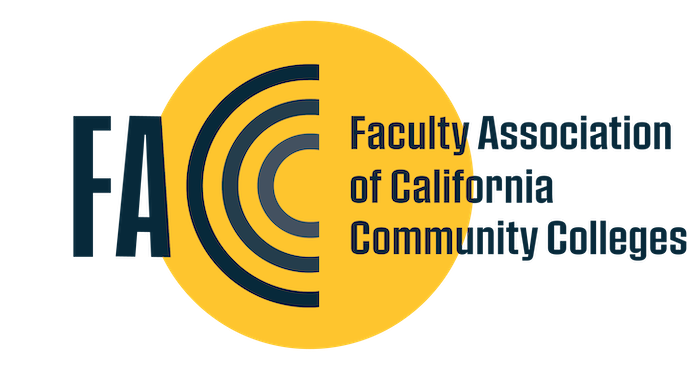If you’re like me and enjoy spending winter break analyzing data from the state Chancellor’s office, then you might be interested in the effects of AB 705 on completion levels in math and English.
AB 705 was legislation that prohibited, except under very narrow circumstances, colleges from requiring students to enroll in remedial math and English. The logic was that if not enough students were completing transfer-level math and English classes within a one-year timeframe because they were taking remedial classes, then if we eliminate remedial classes they will finish faster, correct? The main data source is their Management Information Systems Data Mart. I was interested in looking at enrollment trends over the last several years, and, not surprisingly, we see a downward trend in enrollment. Below are the enrollment totals statewide and in General Math (TOP Code 170100) and English (TOP Code 150100)
Table 1: Enrollment by FTES Statewide, General Math, and English, Academic Years 2017-18 to 2022-23.

Looking at the percent change between these years tells us a clearer story:
Table 2: Percent Change in Enrollment by FTES Statewide, Math, and English Academic Years 2017-18 to 2022-23

Two things to highlight here: First, between 2017-18 and 2022-23, enrollment decreased throughout the system, over 15%, but enrollment in math and English decreased at a steeper rate, 46.27% and 25.71% respectively. Second, declines in math and English enrollment started after the implementation of AB 705 but before the pandemic, so we can’t blame the pandemic alone.
HOWEVER, the goal of AB 705 was to get students enrolled in transfer-level math and English, and when we look at these enrollment numbers we see an increase in enrollment, as measured by FTES:
Table 3: Enrollment in Transfer-Level Math and English, 2017-18 to 2022-23, by FTES

And another way to understand these data is to calculate the percentage of students enrolled in transfer-level math and English as compared to total enrollment. We can find this by dividing the number in Table 3 by the number in Table 1.
Table 4: Percentage of Students Enrolled in Math and English of Those Taking General Math and English, by FTES:

As we can see, enrollment in Math and English decreased substantially in these years (Tables 1 and 2), but enrollment increased in transfer-level math and English, both in terms of numbers and the percentage of the total number of math and English students enrolled (Tables 3 and 4). Advocates of AB 705 would cite these data as proof of victory, but any victory came at a cost in enrollment. For many faculty, our work is not only for transfer, but for developing basic skills, lifelong learning, and serving our local communities. As former Executive Director of FACCC Evan Hawkins said in a recent interview, community colleges should not only be focused on transfer, but “what students want to achieve, that offer any educational path that a student… wants.”
Most importantly, AB 705 has had the effect of leaving students behind. Many of our students are not taking math or English classes at all for various reasons, such as not being prepared to succeed in transfer-level classes or experiencing general anxiety. In the upcoming issue of FACCCTS, I show that the end of repeatability has resulted in lower enrollment. AB 705 is another state policy with the same consequence. If policies like these continue to be implemented, we are looking at the downsizing of community colleges, resulting in the contraction of districts, colleges closing, and the loss of staff and faculty jobs. This helps no one. We should be creating policies to bring students in, not leave them behind, and bring "community" back into community college.
FACCC blog posts are written independently by FACCC members and encompass their experiences and recommendations. FACCC neither condemns nor endorses the recommendations herein.
